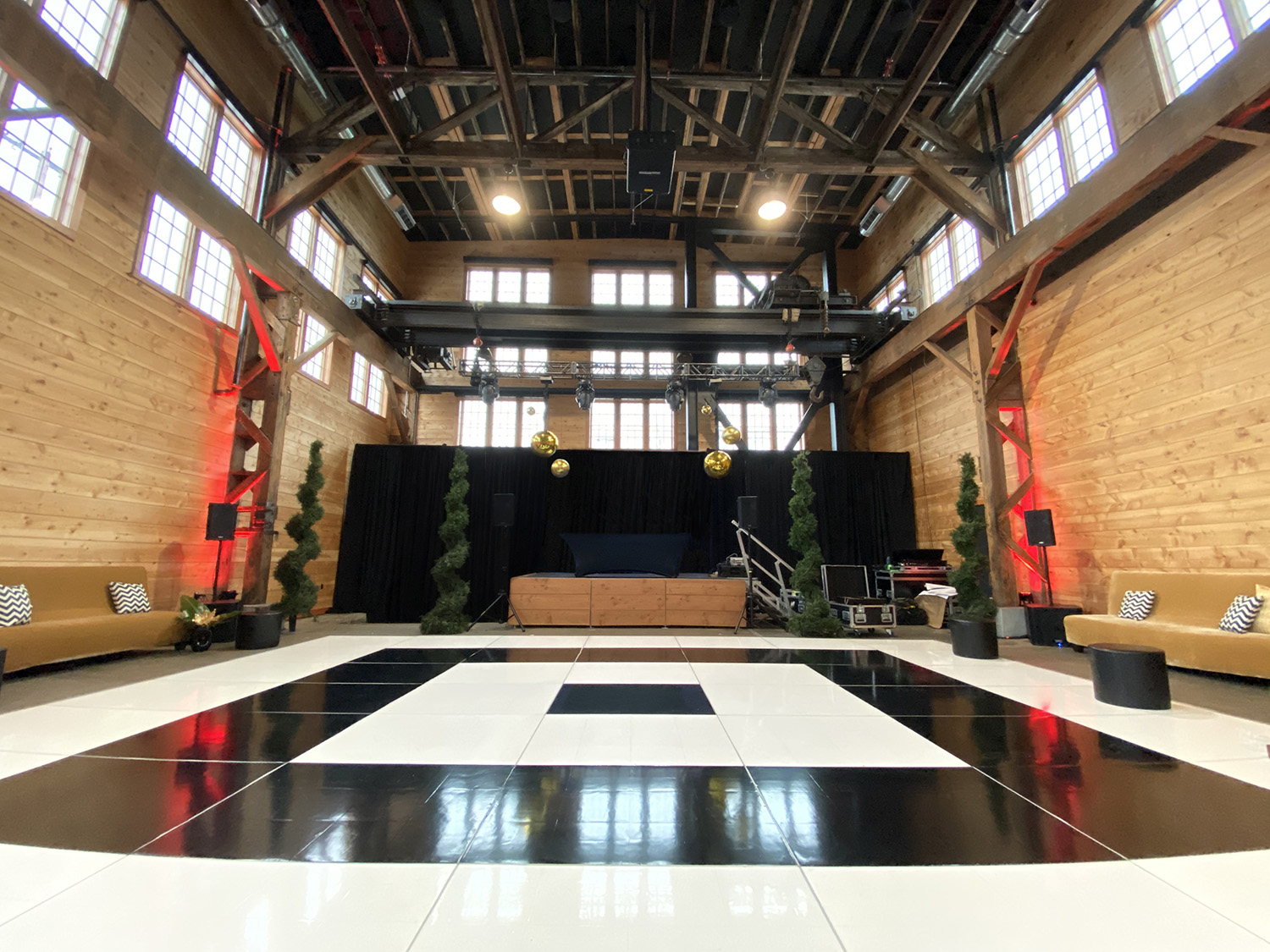Innovative Design Movements Shaping the Future of Interactive Light Emitting Diode Dance Surfaces
Innovative Design Movements Shaping the Future of Interactive Light Emitting Diode Dance Surfaces
Blog Article
Engaging LED dancing floors have become increasingly favored in multiple entertainment locations, such as dance clubs, concerts, and events. These surfaces use cutting-edge technology to create dynamic light showcases that react to sound and movement. As innovation continues to evolve, several creative design trends are shaping the prospects of these responsive dance surfaces. These trends not just enhance the visual encounter but also boost user engagement and forge a more engaging atmosphere for performers and audiences alike.
One significant trend in responsive light-emitting diode dance floors is the integration of intelligent tech. Many new models feature sensors that identify movement and modify the lighting accordingly. This implies that the floor can alter colors, patterns, and visuals based on how many individuals are dancing and their location they are positioned. This responsiveness fosters a dynamic setting that encourages involvement and excitement. Additionally, some models allow participants to manage the illumination through mobile apps, giving them the power to tailor their experience in real-time.
Another crucial trend is the use of eco-friendly materials and power-saving tech. As ecological concerns increase, many creators are focusing on developing light-emitting diode dance floors that are not only aesthetically impressive but also sustainable. This comprises utilizing repurposed resources for the surface's construction and adopting energy-saving light-emitting diode illumination. These advancements help reduce the environmental impact of events while still providing a captivating visual encounter. By focusing on sustainability, creators are appealing to a more ecologically conscious crowd.
The incorporation of augmented virtual reality (AR) is also transforming the responsive dance surface experience. AR tech allows participants to see virtual images and animations superimposed on the physical world through their mobile devices or AR glasses. This can enhance the dancing floor encounter by introducing virtual components that engage with the physical space. For instance, dancers might witness moving characters or graphic displays that respond to their actions, producing a unique and captivating atmosphere. This pattern is particularly appealing to younger Go Here audiences who are familiar to virtual interactions in their everyday activities.
Furthermore, the styling of responsive LED dancing surfaces is becoming more flexible and modifiable. Many recent designs can be easily set up in different settings, from temporary gatherings to permanent installations. This adaptability enables venues to develop customized experiences that cater to various themes and audiences. Some designs even feature interchangeable parts that can be rearranged to form varied shapes and layouts. This adaptability not only improves the visual attractiveness but also enables for creative expression in gathering organization.
In conclusion, the future of responsive LED dance surfaces is being influenced by innovative design patterns that concentrate on technology, eco-friendliness, enhanced virtual reality, and versatility. These developments are producing more engaging and captivating experiences for participants, making dance surfaces a key feature of entertainment venues. As these trends continue to advance, they will probably redefine how individuals interact with music and movement, guaranteeing that responsive LED dance floors stay a favored choice for events and celebrations.